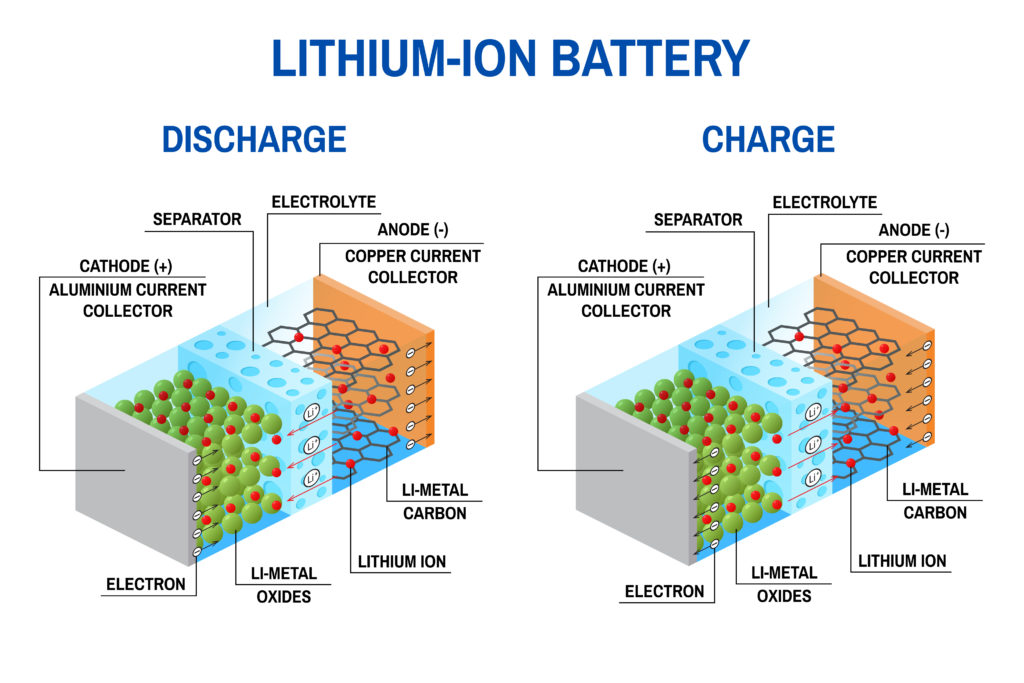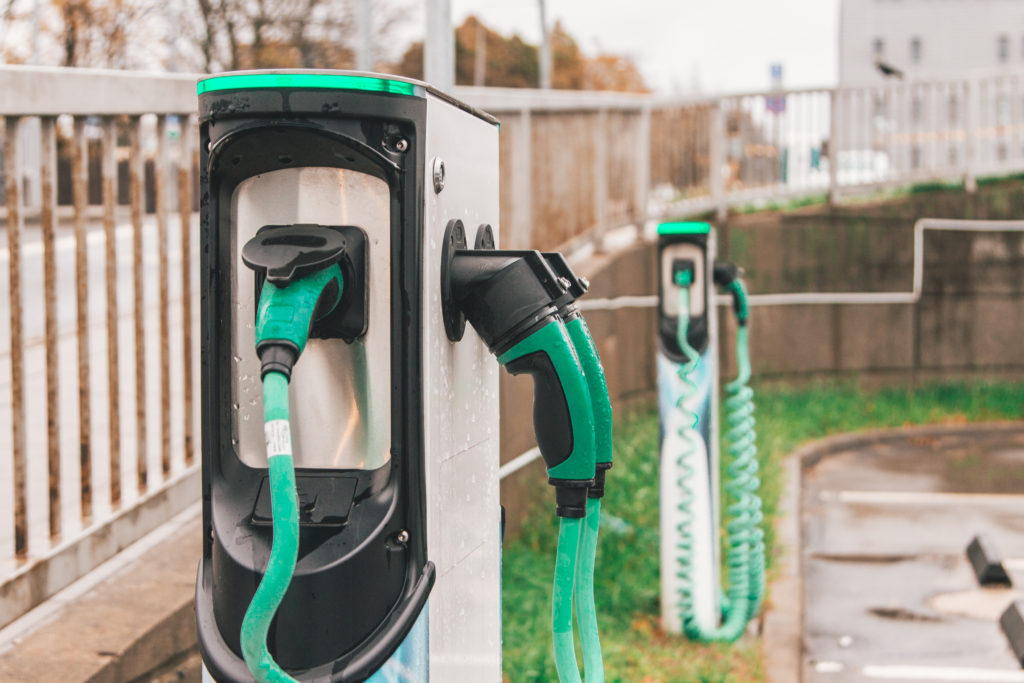This post is also available in: Deutsch
Batteries are a major topic of discussion in electric mobility. Energy storage, for instance, significantly determines the performance, range, charging time and maintenance of an electric vehicle. The temperature of the battery plays a major role in this.
So what effect does a battery’s thermal stress have on these criteria?
The even temperature of all individual cells in the battery pack is an essential step in the cells having an equal life span.
Let’s look at an example: battery packs with an internal liquid cooling system. The specification comes from a major car manufacturer. We at NORMA Group’s Research & Development team were able to identify requirements crucial for the design of tubing systems inside liquid-cooled batteries.
The Cooling System Is Also For Heating
But first thing’s first. A battery’s cooling system is not just for cooling, but also for heating. If you want to access an electric vehicle’s full power from a cold start in the winter, the battery must be preconditioned. This means that the cells must have a minimum temperature.
This is achieved by electrically heating the battery’s coolant – while the cold vehicle is being charged from the mains. If the warm-up isn’t done in advance, the vehicle’s electronic power will reduce itself to spare the battery from damage.

The specification defines a temperature-time profile for the life of the battery. The battery operates between 35 and 57 degrees Celsius. Operating above or below this temperature shortens battery life. To regulate the temperature, a heat exchanger is attached to each individual cell. This dissipates and supplies heat with liquid.
In terms of the temperature-time profile, the battery operates for the vast majority of the time between 50 and 55 degrees Celsius. This indicates that the high temperatures for an electric vehicle’s cooling system don’t pose a significant challenge. Instead, it becomes clear: the even temperature of all individual cells in the battery pack is an essential step in the cells having an equal life span.

In a tubing system, this means that the coolant must be distributed to all cells as needed. Flow rates must be individually adapted to the structure of the battery. This keeps operating temperatures at the coolant outlet of each individual cell from deviating from one another by more than 2 degrees Celsius.
The cooling system also has an important role to play during the charging process. Heat must be dissipated effectively to prevent battery cells from being damaged by overheating. The charging current must be reduced whenever the temperature exceeds 55 degrees Celsius. This lengthens the charging process.
How Is a Fast Charge Possible?
How is a fast charge possible? There are some promising approaches. For example, batteries should be cooled to the lowest temperature allowed before charging. This allows the battery to be charged with energy even faster. It also shortens the battery’s charging time. The cooling system’s influence is apparent here, too.
Other important constraints include low weight, small footprint and the ability to create customized, complex tubing systems. These complete thermal management systems for battery packs will represent a broad field of application for NORMA Group in the future.





One response to “How Batteries Live Long in Electric Vehicles”
-
Please also read our Privacy Policy.Digambar Ghongte
Very Nice Information
Reply